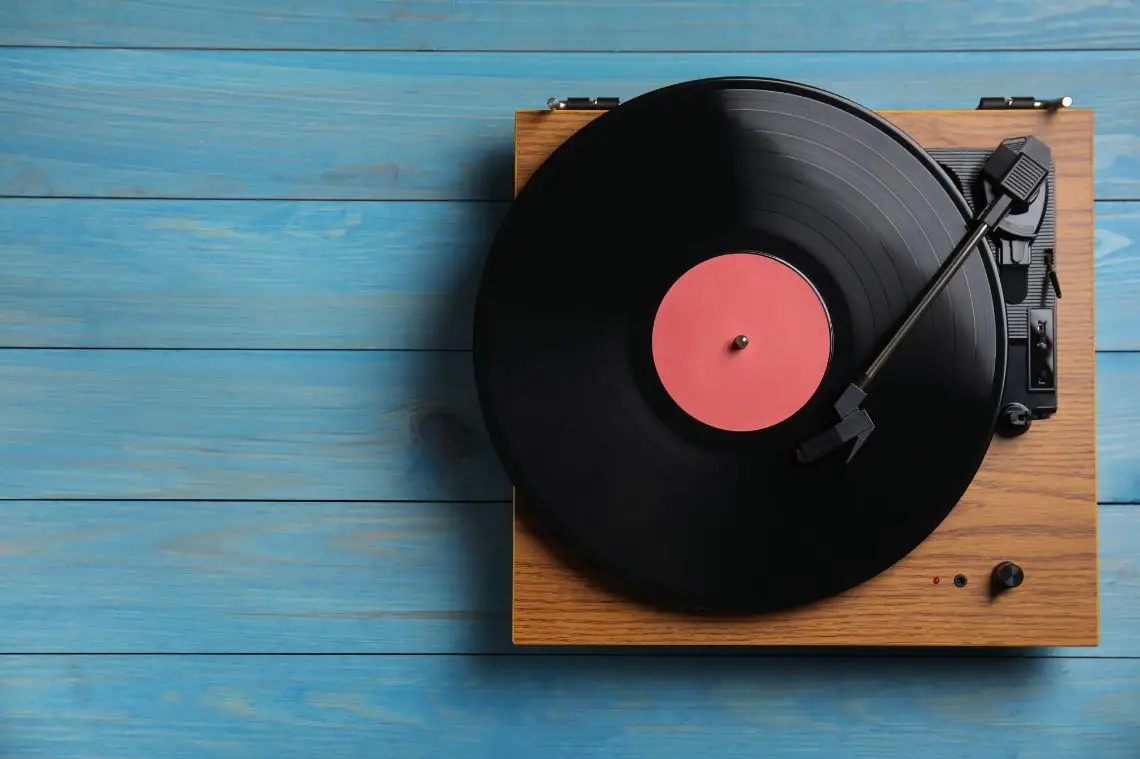Since its inception at the dawn of the 20th century, audio recording continues to help us document our dreams and desires. Today, we are used to having everything recorded digitally. However, that was not always the case.
In the analog world of yesterday, recording mediums were significantly more fragile, expensive, and labor-intensive. Yet, these are the mediums that archived all our most outstanding achievements. Here is what to know about the different types of classic recording media.
Shellac Records
The first audio medium to gain widespread adoption was gramophone records pressed on shellac. Unfortunately, shellac records only ran at 78 RPM (revolutions per minute, which is how many times the record spins around a turntable in one minute). Also, they were easily breakable, the sound quality was low and inconsistent, and they only held three to five minutes of music per side.
Vinyl Records
Companies began phasing out shellac records due to a shortage of material from World War II. As a result, records made from polyvinyl chloride became the norm.
Vinyl allows for slower RPM, allowing more audio to fit onto a single disc. The longer time length gave way to the invention of the LP record (long play), which spins at 33 1/3 RPM. Now, all the songs previously released as collections of shellacs were on a single LP. As a result, the album format of music listening began taking shape.
Magnetic Tape
After its invention in Germany circa 1928, magnetic tape received widespread adoption after World War II. Magnetic tape allows for longer recording times, higher sound quality, and multiple sound channels on the same recording.
Compared to the straightforward approach of recording direct-to-disc, manipulating tape allowed for nearly limitless sonic possibilities. Magnetic tape was the standard medium for worldwide recording studios until the invention of digital recording.
Cassettes
Phillips developed the compact cassette in 1963. Cassettes are magnetic tape, designed in a much smaller fashion. Instead of large reels, cassettes came in plastic cartridges. Portability was the most revolutionary factor in making the cassette a success.
Suddenly, you could choose whichever album you wanted and listen to it anywhere. There were a few different types of cassette tapes on the market for consumers to record and listen to, with various price points and levels of audio fidelity associated with each. Portable recording studios hit the market by the late 1970s with the release of the Tascam Portastudio, making compact cassettes the dominant medium for do-it-yourself recording.
All these mediums were later made obsolete by digital recording. Nonetheless, there is still a large market for the different types of classic recording media. They are sought after by artists, collectors, and hobbyists alike for their aesthetic value and nostalgic charm.







Start the discussion at talk.hearthemusicplay.com